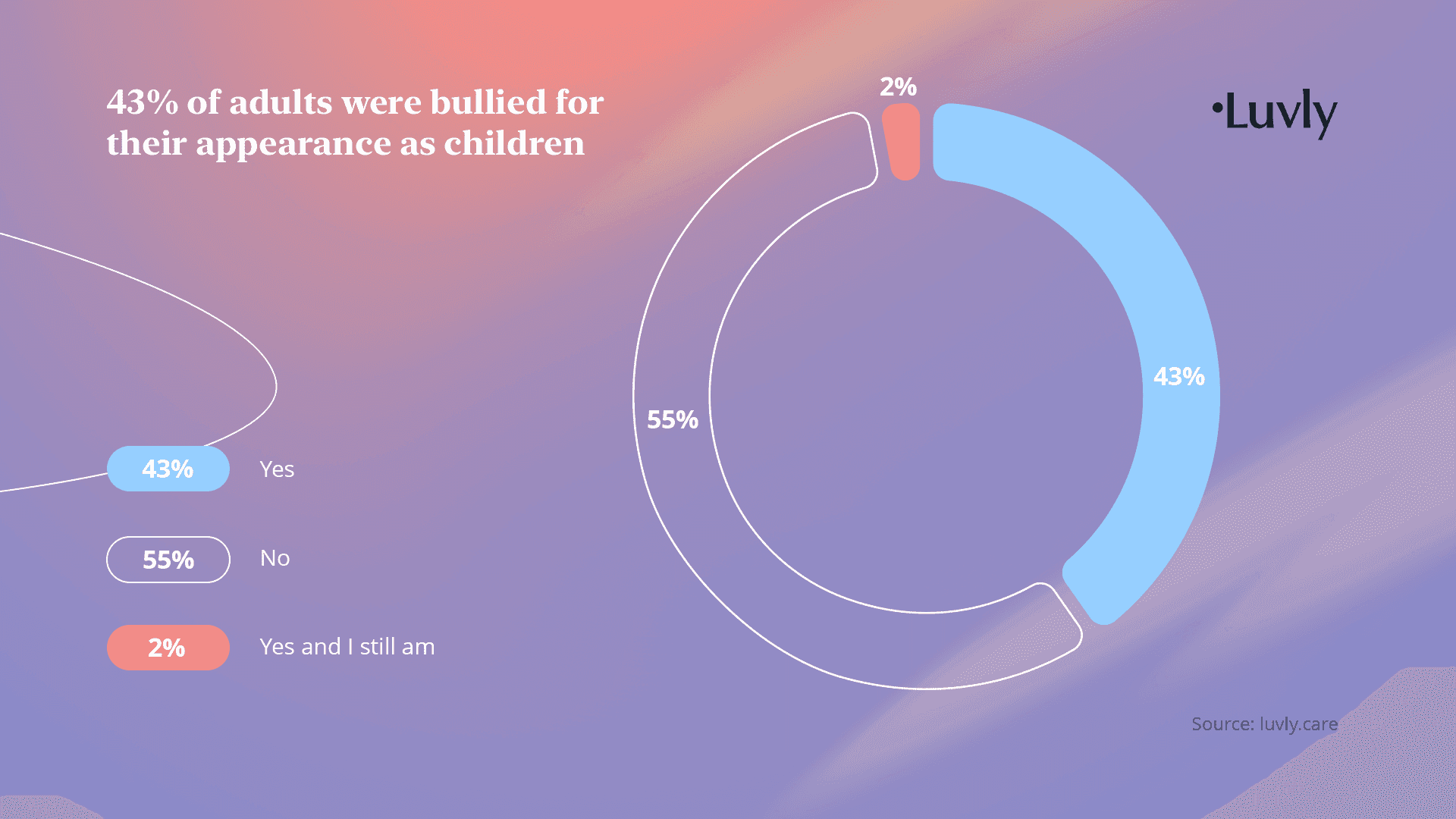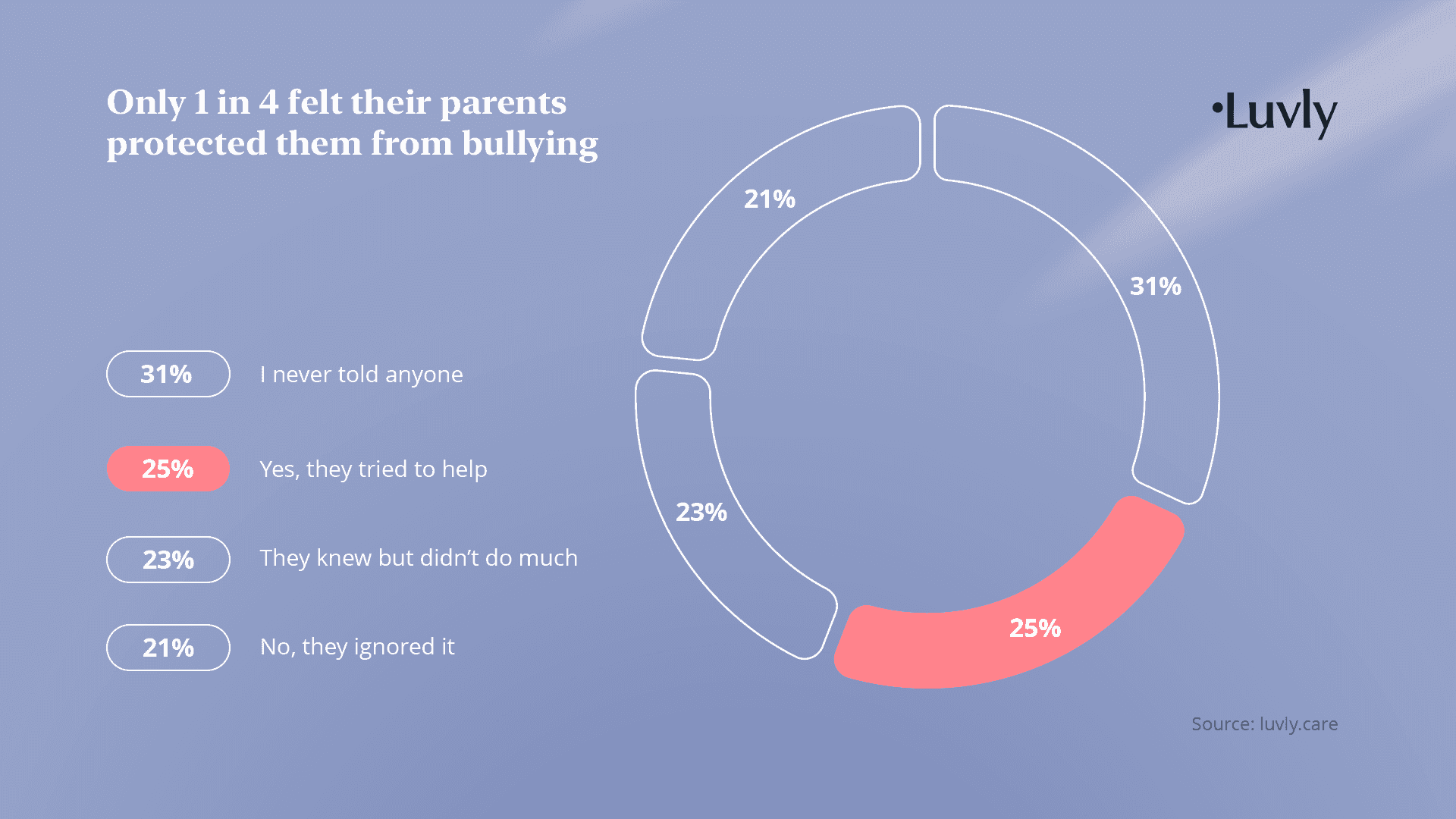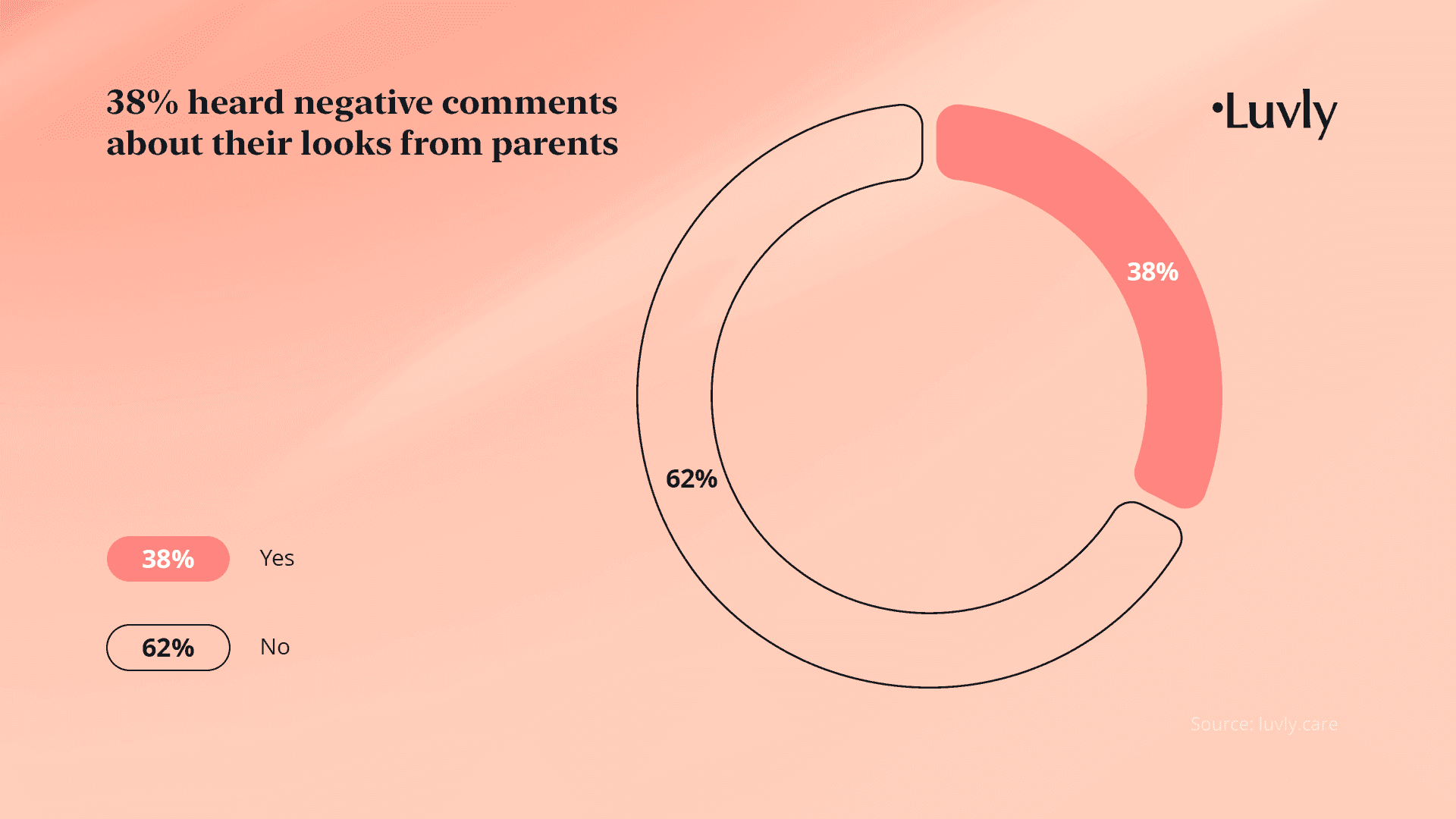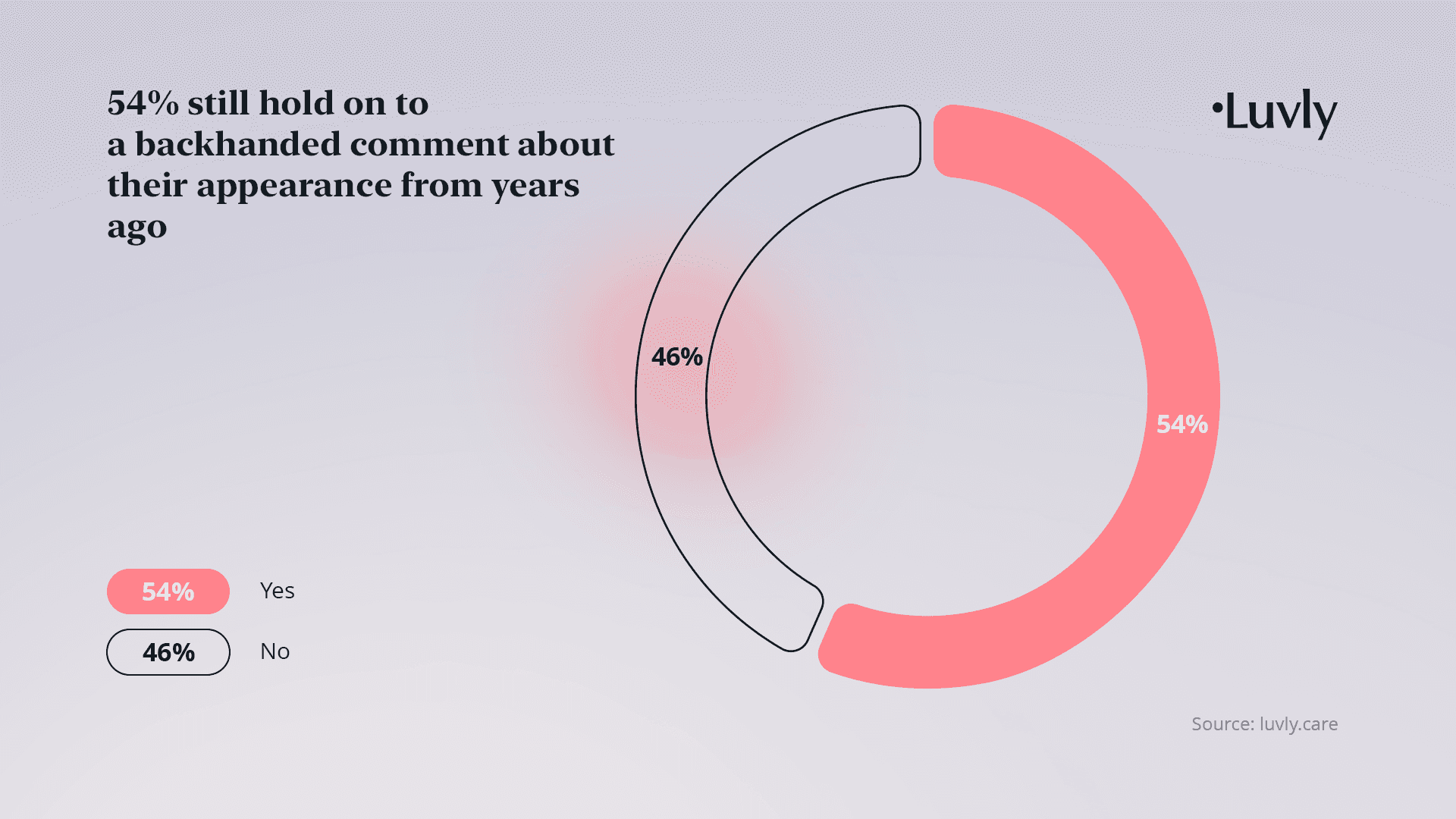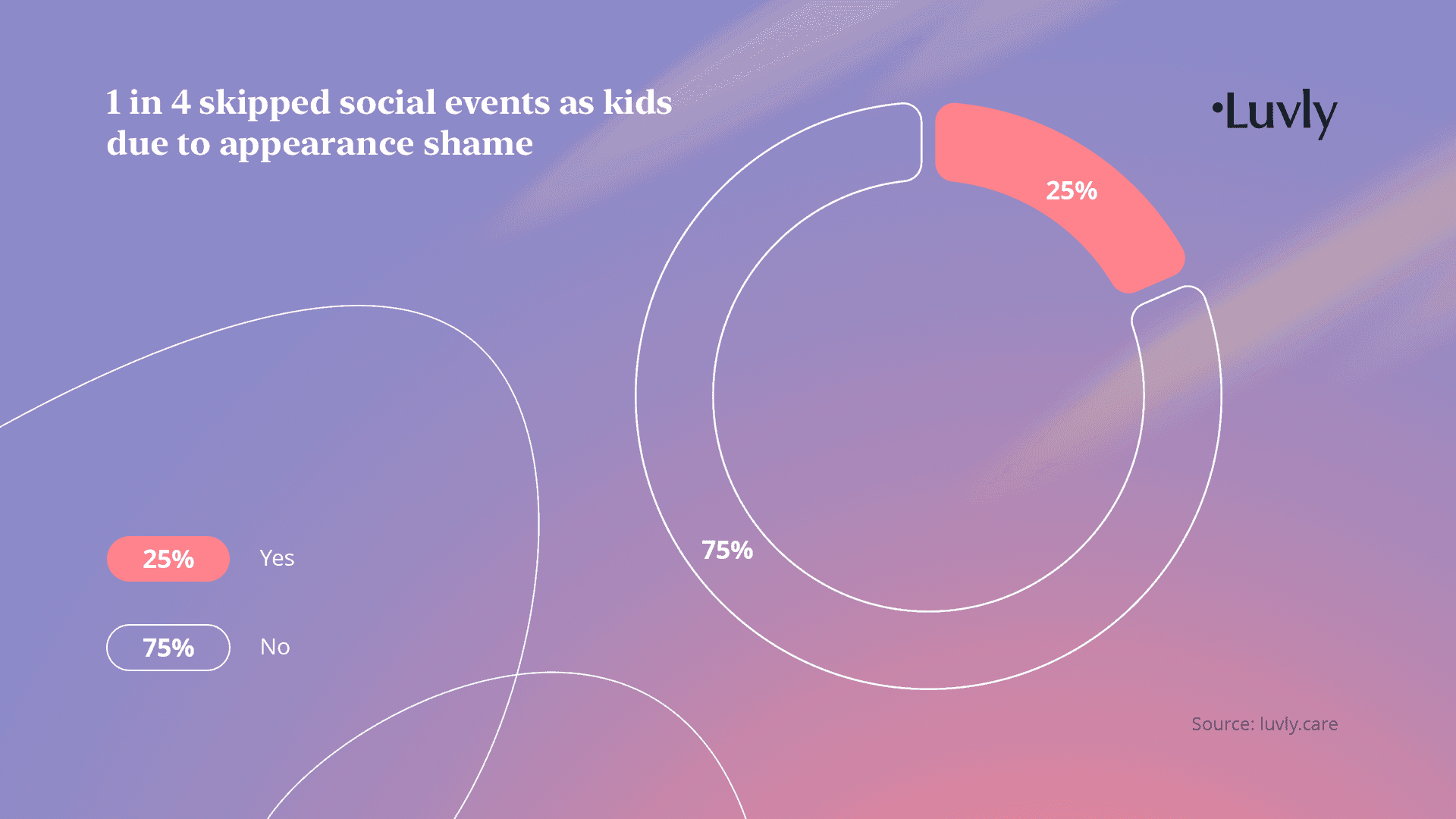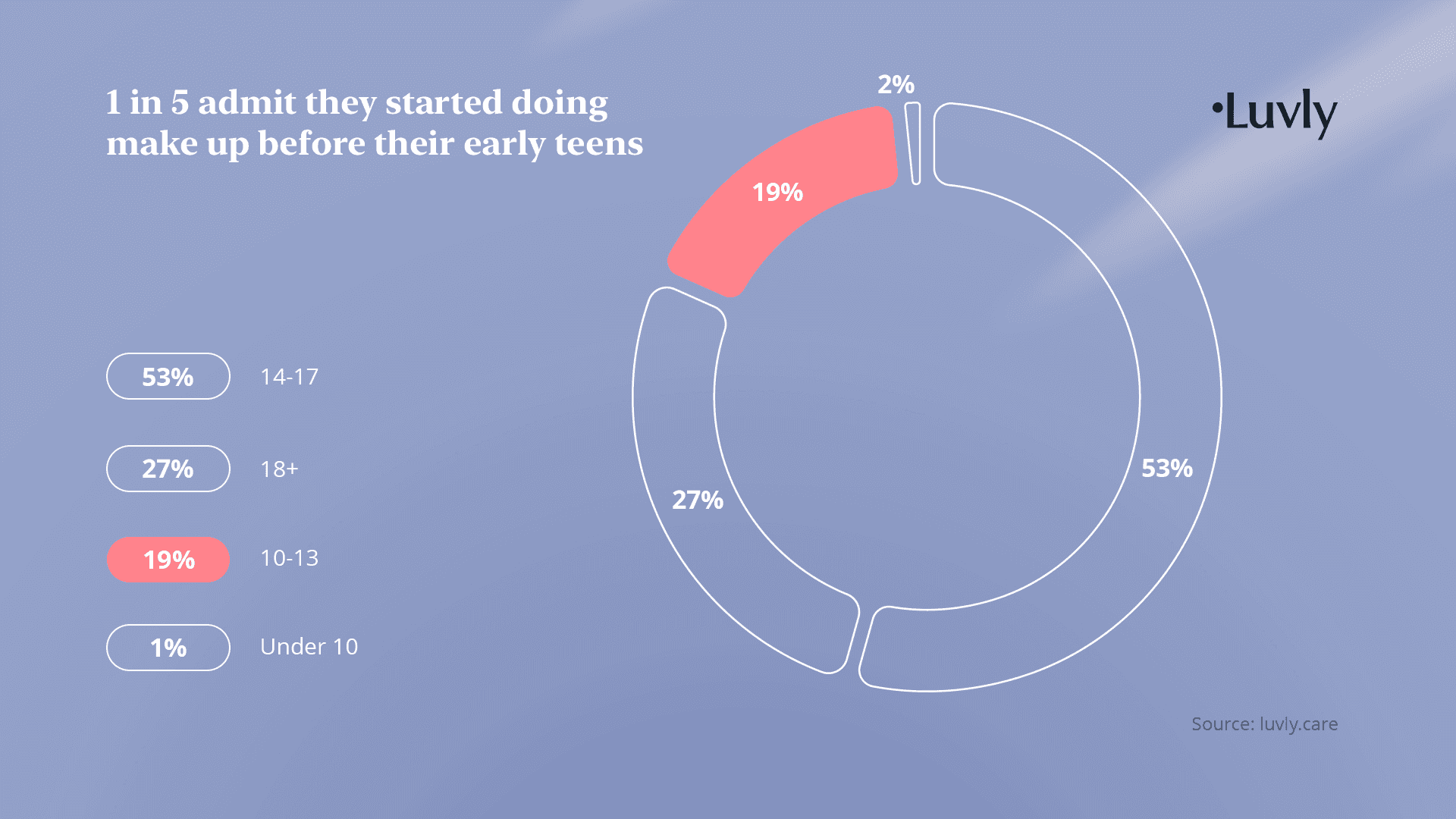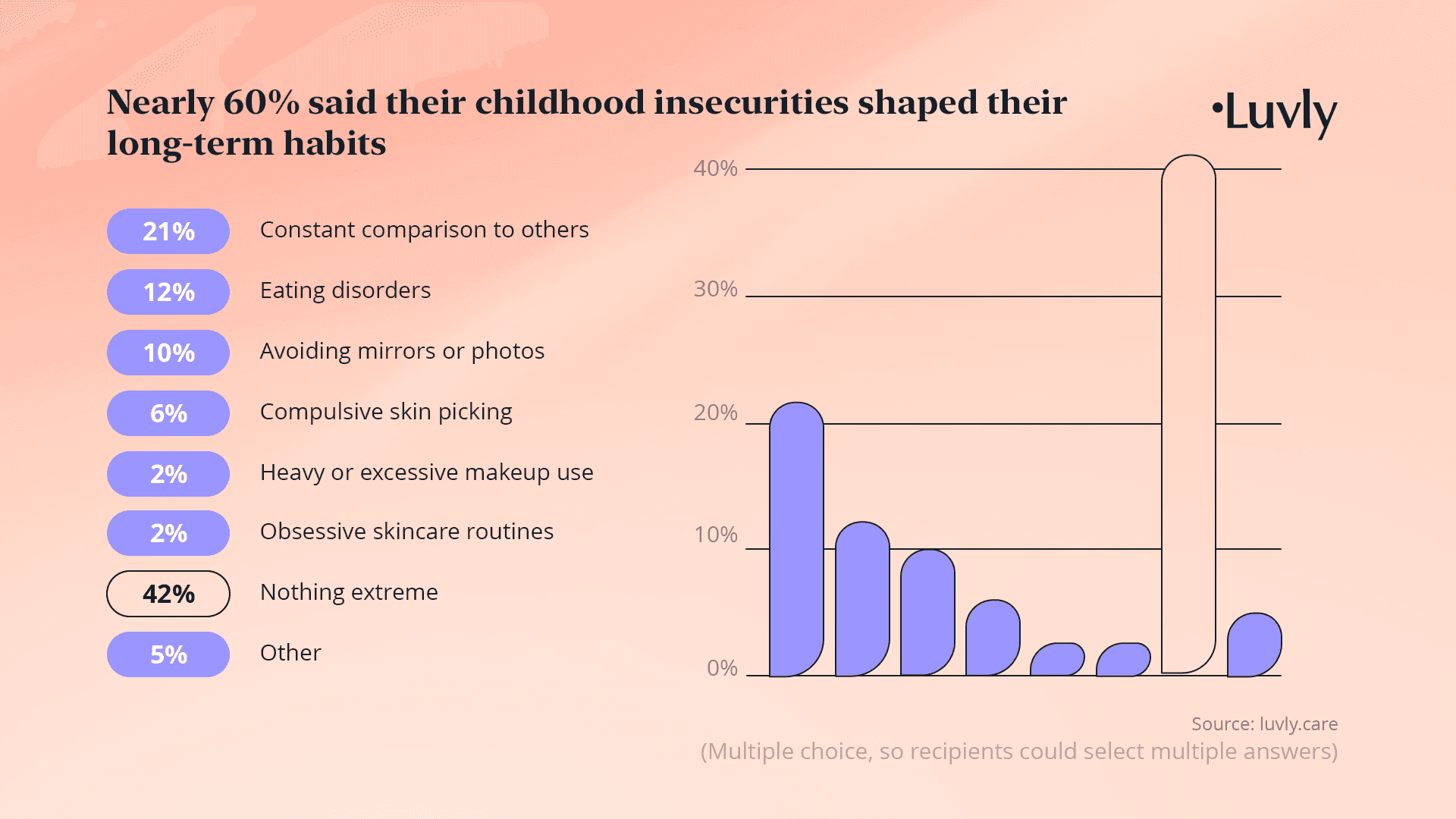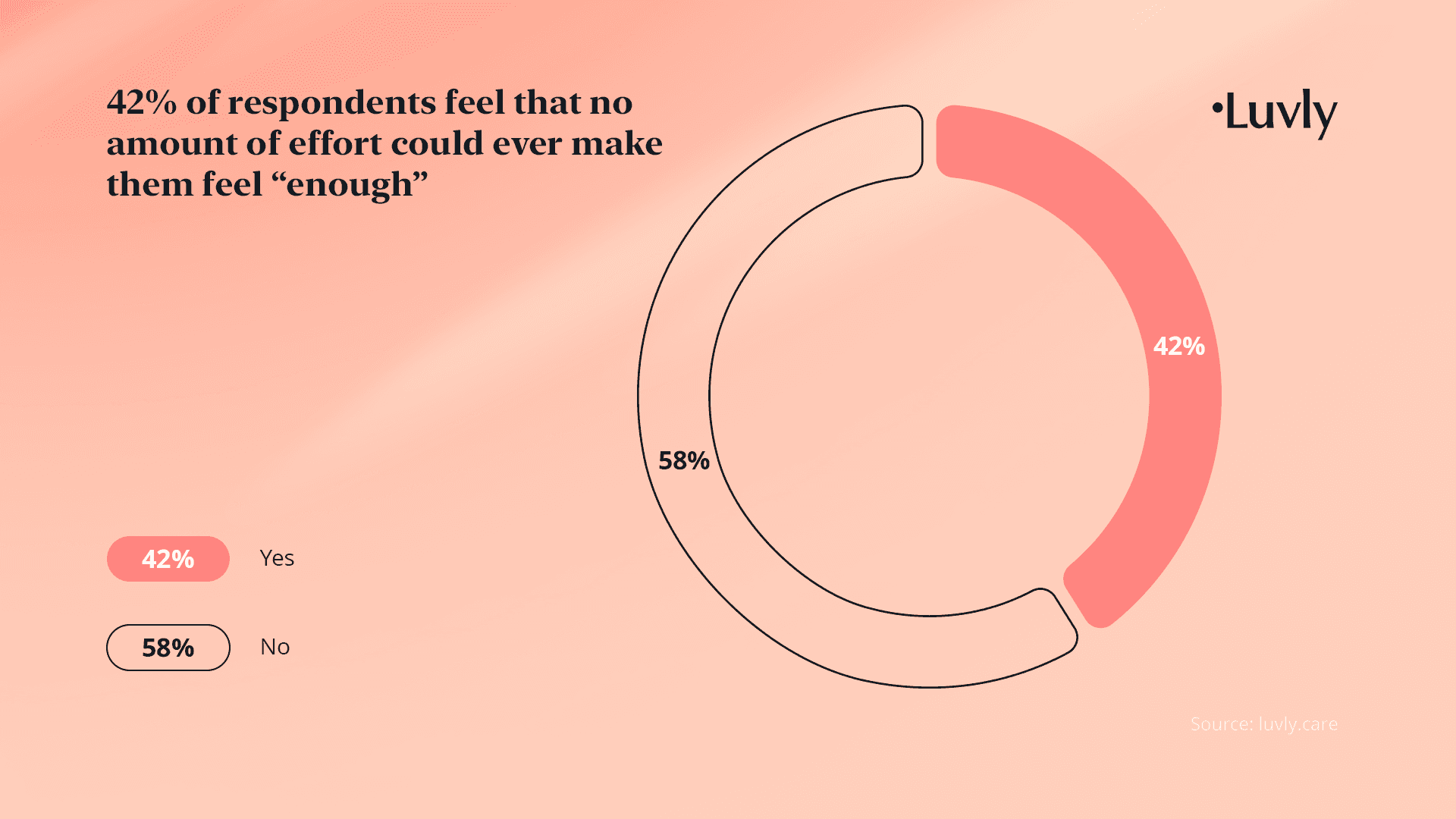Skin Care
How Childhood Trauma Shapes Our Skin Care
Written by Valeria ZhyvotovaUpdated on 17 Jul 2025
Skin Care
How Childhood Trauma Shapes Our Skin Care
Written by Valeria Zhyvotova.Updated at 17 Jul 2025
Key findings:
- 43% of respondents were bullied for their appearance as children, and a small some say it’s something they still experience today.
- 54% still remember a specific backhanded comment about their looks from years ago that continues to affect their self-image.
- Nearly 1 in 4 avoided social events during childhood due to shame about how they looked.
- 60% of respondents said their childhood insecurities shaped long-term habits, including compulsive skin picking, excessive makeup use, and obsessive skin care routines.
Childhood bullying left a mark, and it often went unspoken
Sadly, bullying over appearance wasn’t a rare experience. Some 43% of respondents said they were bullied for how they looked when they were younger. While some may write that off as a rite of passage, the reality is more serious. For some people, judgment about their appearance hasn’t stopped, even in adulthood.But the process of bullying isn’t the action alone; it’s also about how the victims choose to act after it: stand up to the offender or stay silent. Many of those affected didn’t speak up; in fact, nearly a third never told anyone about what they were going through. Of those who did, only around 25% said adults stepped in to help, and an astounding 44 % said adults knew what was happening but did little to nothing to stop it.
For many, the most hurtful comments came from home
It’s one thing to be teased at school, but it’s a whole other story to hear comments about your appearance from the people closest to you. Sadly, 38% of respondents said their parents made negative comments about how they looked while they were growing up. The hurtful comments were often disguised as jokes, friendly advice, or comparisons to other kids. But no matter the intention, the effect was the same: they planted doubt about appearance in a place that was supposed to feel safe.And those comments don’t fade away with time; moreover, 54% of respondents said they could still recall one specific backhanded remark about their appearance, even years or decades later. `It doesn’t matter what the comment was about; it stayed with them and shaped how they see themselves to this day.
Shame led many to withdraw and attempt to “fix” themselves
For some people, being bullied for their appearance caused problems with self-esteem, while for others, it led to isolation. One in four respondents said they avoided social events during childhood because they felt ashamed of how they looked. It’s practically a giveaway sign of internalized judgment that kept them from connecting with others.Others turned to makeup at an early age as a way to cover up. Over half of respondents began using makeup between the ages of 14 and 17, but nearly 1 in 5 started even earlier. It’s a clear turning point when appearance loses its neutrality and becomes something we have to manage.
Many developed harmful coping mechanisms
Unfortunately, the impact of childhood bullying doesn’t disappear when we graduate from school. For nearly 60% of respondents, insecurities translated into long-term habits. For example, some said they constantly compare themselves to other people, and others struggle with eating disorders or develop obsessive skin care routines.For many people, the feeling of not being “enough” still lingers
Even now, years after these situations happened, many people still can’t let go of them. Despite all the beauty routines and personal growth, 42% of respondents said they sometimes feel that no amount of effort could ever make them feel truly “enough.”Methodology: Luvly surveyed 2000 people across a range of ages and backgrounds. Responses were collected anonymously to ensure honesty and emotional safety.

